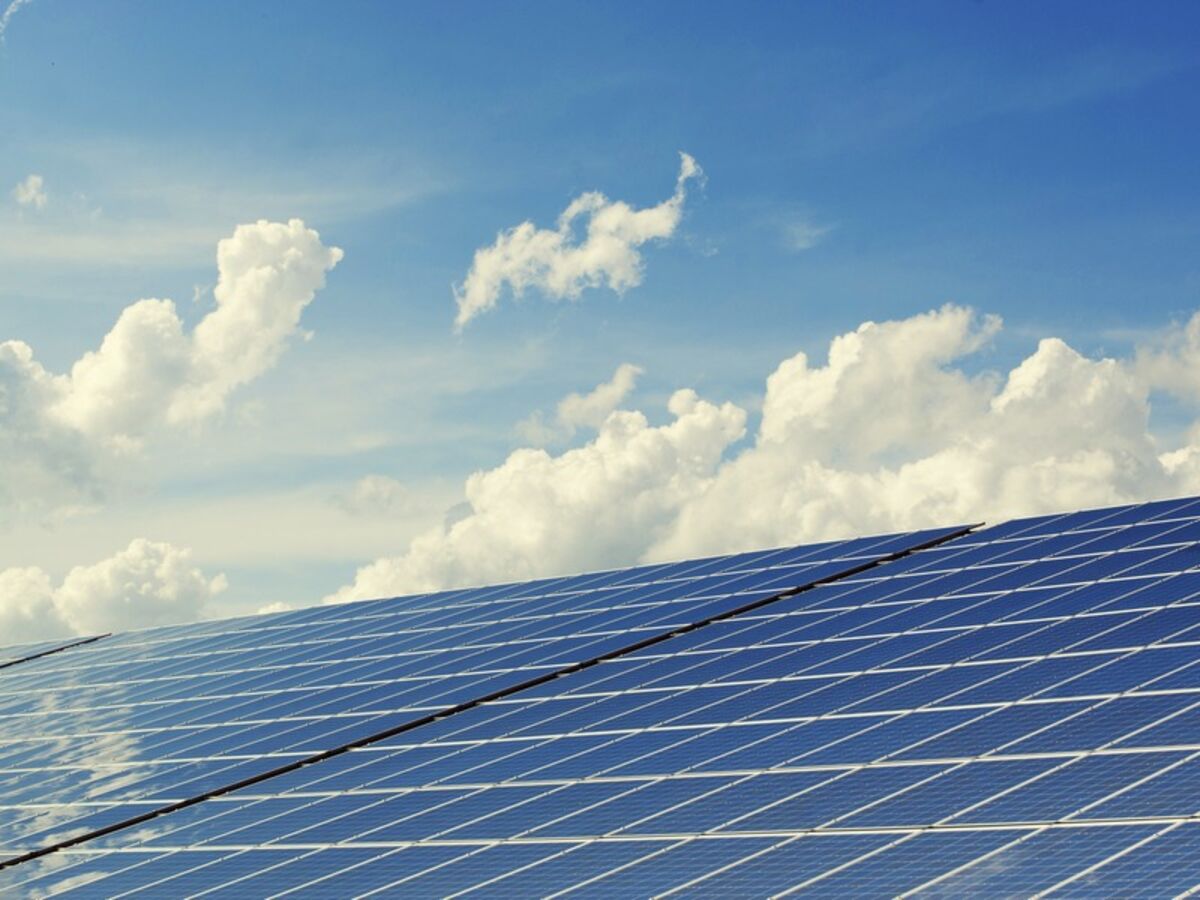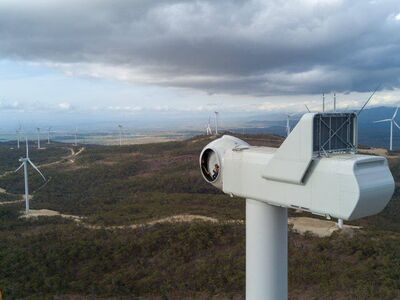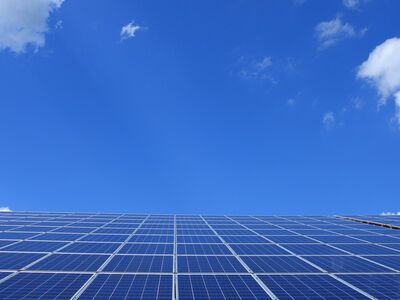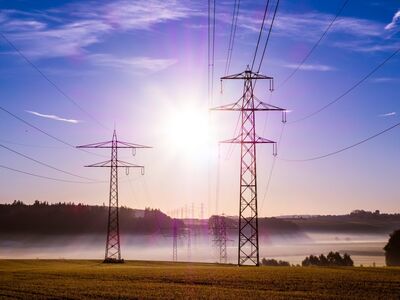Renewable energy boost for Far North Queensland

Sun-drenched, wind-drenched and water-drenched Tropical North Queensland is making the most of its abundant natural resources, with a recent Climate Council report finding the region is punching well above its weight when it comes to embracing renewable energy projects.
TNQ actually has a proud 60 year history in this area.
The Kareeya hydro-power station near Tully began generating electricity in the 1950s, followed by the Barron Gorge plant in the 60s.

For years, sugar mills have been producing bioenergy, while the first wind farm in Queensland was built at Windy Hill, near Ravenshoe.
More recently we’ve adopted solar, with the country’s first large-scale solar and storage plant connected to
the grid at Lakeland.
We’re also home to the state’s first large-scale wind farm, which was officially opened at Mount Emerald in August.
But there’s still more than $3 billion of potential renewable energy investment in the region still to come:
Desailly Renewable Energy Park
Where: Just north-west of Mt Carbine
What: Solar, storage and synchronous condenser for grid stability
Planned Output: 1,000MW
Developer: UK company DP Energy
Investment: $2 billion
Status: Proposed
Kaban Green Power Hub
Where: Just north of Ravenshoe
What: 29 wind turbines and storage
Planned Output: 130MW
Developer: French company Neoen
Investment: $300 million
Status: Approved
Archer Point Wind Farm
Where: Just south of Cooktown
What: 60 wind turbines
Planned output: 120MW
Developer: Australian company Wind Power Queensland
Investment: $250 million
Status: Proposed

Lakeland Wind Farm
Where: 60 kilometres south-west of Cooktown
What: Up to 30 wind turbines
Planned output: 100MW
Developer: Australian company Windlab
Investment:$200 million
Status: Proposed
Forsayth Wind Farm
Where: Sirron Cattle Station between Forsayth and Mt Surprise
What: 25-30 wind turbines, storage unknown
Planned output: 65MW-75MW
Developer: Australian company Infigen Energy
Investment: $250 million
Status:Proposed
Chewko Solar Farm
Where: South-west of Mareeba
What: 200,000 solar PV panels on 150 hectares
Planned output: 75MW
Developer: Australian company Tilt Renewables
Investment: $100 million
Status: Proposed
Mareeba Solar farm
Where: Just north of Mareeba
What: 196,000 solar PV panels on 110 hectares
Planned output: 60MW
Developer: Australian company CleanGen
Investment: $100 million
Status: Proposed
Cape York Solar Storage
Where: Lakeland
What: Solar farm, battery storage
Planned output: 55 MW
Developer: Australian-based Lyon Group
Investment: $150 million
Status: Proposed
High Road Wind Farm
Where: Evelyn, just north of Ravenshoe
What: 17 wind turbines
Planned output: 80MW
Developer: RATCH-Australia
Investment: $90 million
Status: Proposed
And something a little different......
Daintree Microgrid
In an Australian first, a feasibility study is underway into the establishment of a hydrogen microgrid north of the Daintree River. It would see residents feed power generated by solar systems into a reticulated microgrid, where it would power a hydrogen cell and produce hydrogen gas. The gas would be collected and stored and used to fuel large-scale generators, negating the traditional need for diesel generation and producing only hot water as a by-product. The Federal Government, which granted $1 million for the study, said the project should be shovel ready by June next year.

Megawatts Explained
To properly understand how useful the electricity is from these projects, you need to know the difference between megawatts (MW) and megawatt hours (MWh).
A megawatt is a unit for measuring power and is equivalent to the energy produced by around 10 car engines.
The problem with relying on this measurement alone is that power generally needs to be produced
continuously.
That’s where megawatt hours come in.
The formula used to calculate megawatt hours is:
Megawatts(MW) x Hours (h). So basically 1Mwh = 1MW used continuously for one hour.
One megawatt hour can be used to power about 330 homes for an hour.
Combined, the listed projects have the potential to produce 2200 megawatts.
Even if they’re only producing that for half a day, that’s still 1100 megawatt hours, which can power 330,000 homes as long as there’s sufficient storage.
As a side note, your electricity bill is measured in the much smaller unit of kilowatt-hours.
There are 1000 kilowatt hours in one megawatt hour.
Could the proposed projects end our reliance on coal?
It’s quick to surmise that if all these projects get off the ground, they’ll be capable of producing more power than the region needs. However, the energy will be shared with the rest of the country through the National Energy Market (NEM), which covers around 40,000 kilometres of transmission lines. This is where things get tricky because it all comes down to supply and demand, both of which vary according to things like peak hour usage and weather conditions.
According to the NEM, most electricity in Australia is generated, bought, sold and transported in markets that need to match supply and demand in real time. That’s why you keep hearing about the continuing need for coal-fired baseload power. The NEM still needs to be modernised to accommodate emerging renewable energy technologies such as the installation of storage batteries along the grid to maintain reliability.
To add to the complexity, there are the buyers. The Queensland Government-owned Ergon Energy and Energex purchase power from the NEM which is fed by state-owned generators CS Energy and Stanwell. A third state-owned generator called CleanCo, which is focused soley on renewables, comes into operation at the end of this month. The Government is promising CleanCo will help cut the average power bill by $70 a year.








